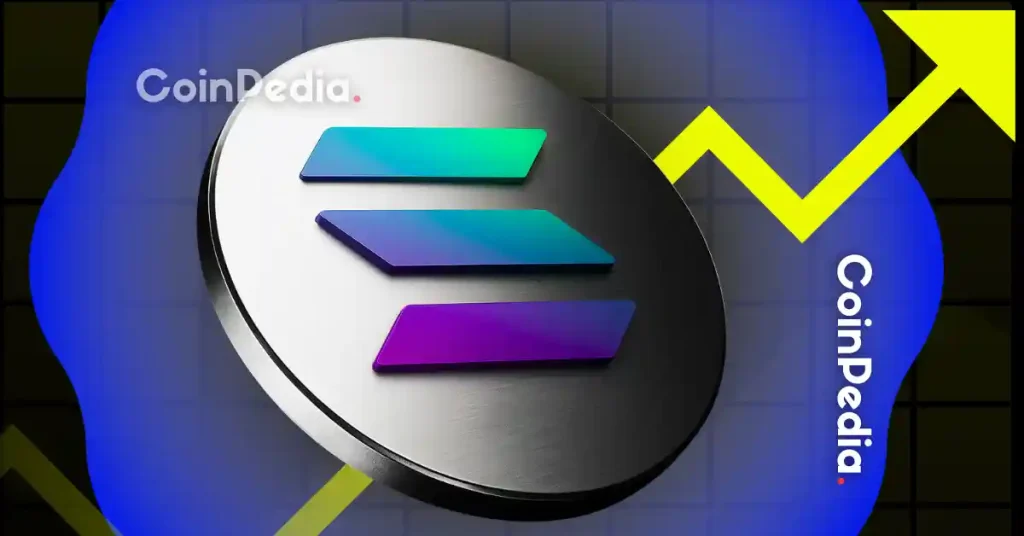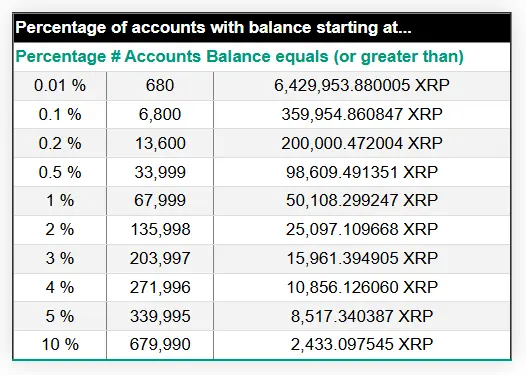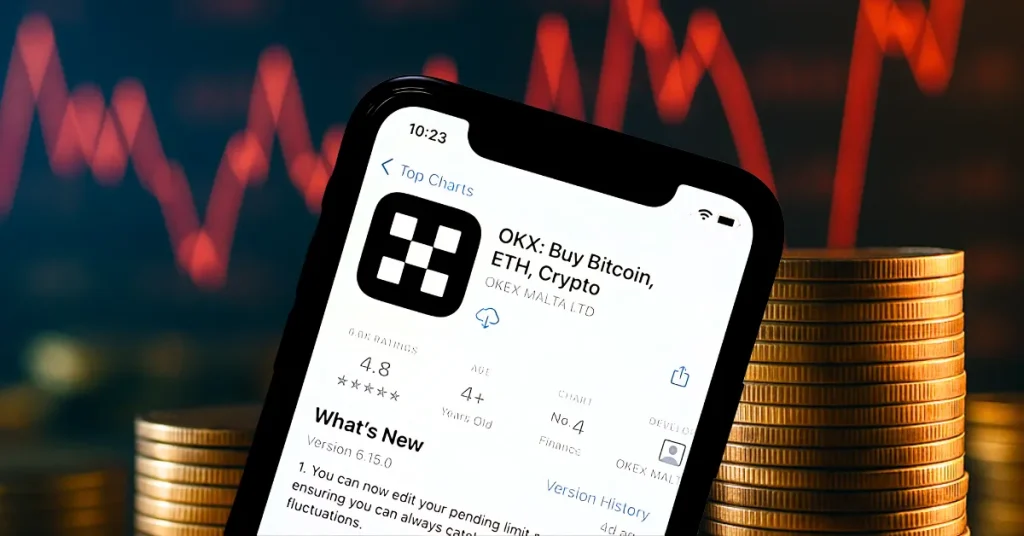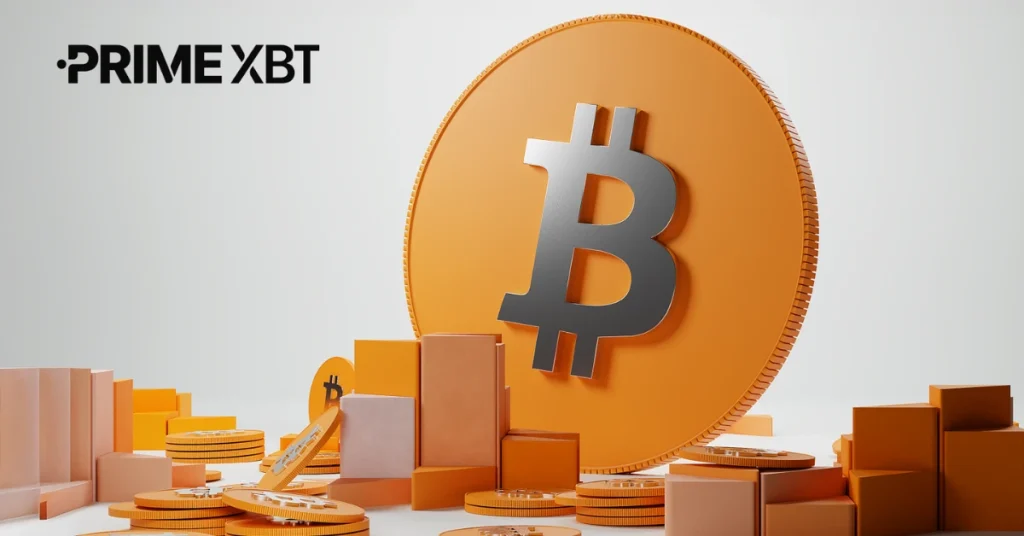Bitcoin Gains Drive Metaplanet Profits, Busan Innovation and More
Welcome to the Asia Pacific Morning Brief—your essential digest of overnight crypto developments shaping regional markets and global sentiment. Grab a green tea and watch this space.
Metaplanet posts ¥10 billion Bitcoin gains, while Busan proposes a blockchain coffee hub. Tokyo faces a record fraud surge, with cryptocurrency payments dominating schemes targeting younger demographics across the capital.
Metaplanet Posts Major Profit on Bitcoin Holdings
Metaplanet announced impressive interim results for the January-June 2025 period. The company reported revenue of ¥2.12 billion, up 1,156% year over year. Operating profit reached ¥1.41 billion versus ¥115 million loss previously.
Bitcoin valuation gains of ¥10.04 billion drove extraordinary profits. Ordinary profit surged to ¥10.57 billion from ¥176 million loss. Net income attributable to shareholders totaled ¥6.06 billion.
Bitcoin’s recovery during Q2 significantly boosted these results. Prices climbed from ¥12.38 million in April to ¥15.66 million by June-end. This contrasted sharply with Q1’s ¥7.41 billion valuation loss and ¥5.05 billion deficit.
Busan Proposes Blockchain Coffee Hub
Busan aims to develop Northeast Asia’s leading coffee logistics center. Experts proposed blockchain technology for complete supply chain transparency. The system would track coffee from import through processing to export.
Korea Maritime Institute suggests IoT integration for smart coffee operations. The model covers green bean imports, processing, blending, and storage. Busan Port currently handles 94% of Korea’s coffee imports.
Officials plan to form a working group in September to develop implementation strategies. The initiative leverages free trade zone benefits and infrastructure. Regulatory simplification and institutional support remain key development priorities.
Tokyo Fraud Cases Hit Record High
Tokyo recorded ¥15.07 billion in fraud damages during the first half of 2025. This represents the highest six-month total ever recorded in the capital. Within just six months, the figure nearly matches 2024’s full-year worst-case scenario.
Police impersonation scams dominated, accounting for 65% of total losses. These schemes target victims with fake arrest warrants and bail demands. Notably, 90% of police impersonation victims were under 60 years old.
SNS investment and romance scams also surged significantly this year. Nearly 90% of payments occurred through cryptocurrency or online banking. Police warn citizens to verify officer credentials and contact stations directly.
Asia Pacific Morning Digest:
A Tale of Two Chinas: Crypto Strategy, Ban or Build: In August 2025, China and Hong Kong stand on opposite sides of the cryptocurrency policy spectrum. Yet their strategies intersect in shaping the global digital asset market.
Bitcoin’s New Bullish Nature: Long Climb Without Sharp Surges: An analyst pointed to the Net Unrealized Profit/Loss (NUPL) indicator, explaining that it shifts toward “longer, more sustainable cycles” that may feature fewer sharp, short-term rallies that defined previous bull runs.
Thousands of UK Residents At Risk of Fines or Jail Due to Crypto Tax Changes: The UK’s primary tax agency is set to impose some new rules on crypto by January 2026. If token holders don’t familiarize themselves with the changes, they could face steep penalties.
North Korean Crypto Hackers’ Secret Infiltration Methods: ZachXBT published a series of documents stolen from North Korean crypto hackers. These documents detail precisely how infiltrators attack crypto startups and how to fight back.
The post Bitcoin Gains Drive Metaplanet Profits, Busan Innovation and More appeared first on BeInCrypto.

























